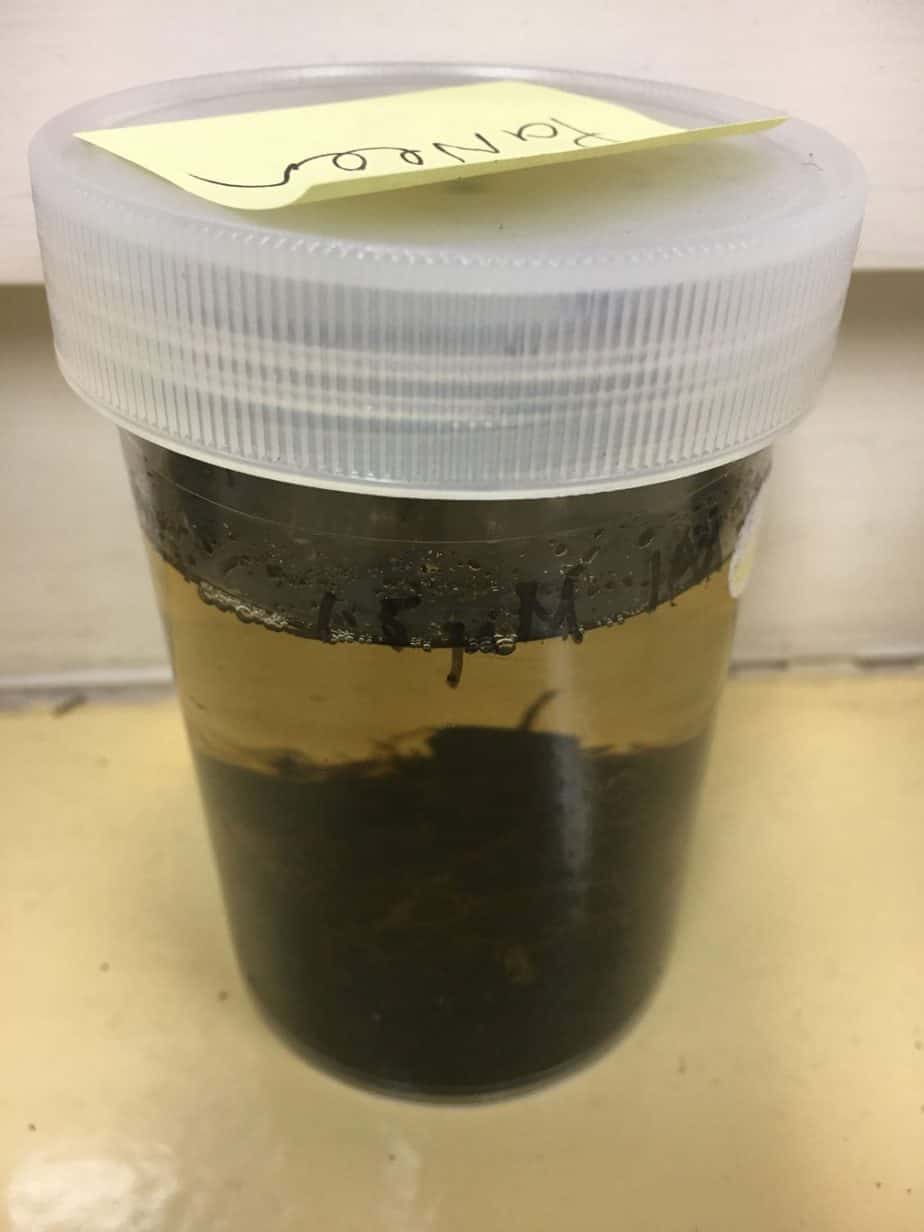How do I know I have clay soil?
It’s relatively easy to do a basic soil type test to help you understand your soil profile.
It’s called the hand texturing or extrusion test.
Basically, you take a fist full of your soil, wet it so that you are able to shape it into a ball. Then you lightly “extrude” the ball using your forefinger and thumb and see whether what form it takes. For example, clay soil would be able to be extruded into a sausage form whilst a propagation mix would be difficult to extrude/form into a ball.
Examples of different soil types are as follows:
- Clay
- Clay loam
- Loam
- Sandy loam
- Sand
- Gravel
Ok so I have clay - what type is it though?
Clay soil is generally either dispersive or non dispersive. (I’m not going to do into details of salinity, pH or mineral factors etc for now).
How do you distinguish between the two types?
The simplest way is to take a bit of the soil sample and put it into a glass jar filled with distilled water. The soil sample has to be dry and the water has to be distilled. Take care not to mix or agitate the water/soil.
The water around the edges of the soil aggregate in a dispersive soil will become cloudy and milky looking (water looks dirty) because of the dispersed clay.
For a highly dispersive soil, dispersion will be obvious after about 10-30 minutes; for a moderately dispersive soil, it may take 2 hours or more for dispersion to be obvious.
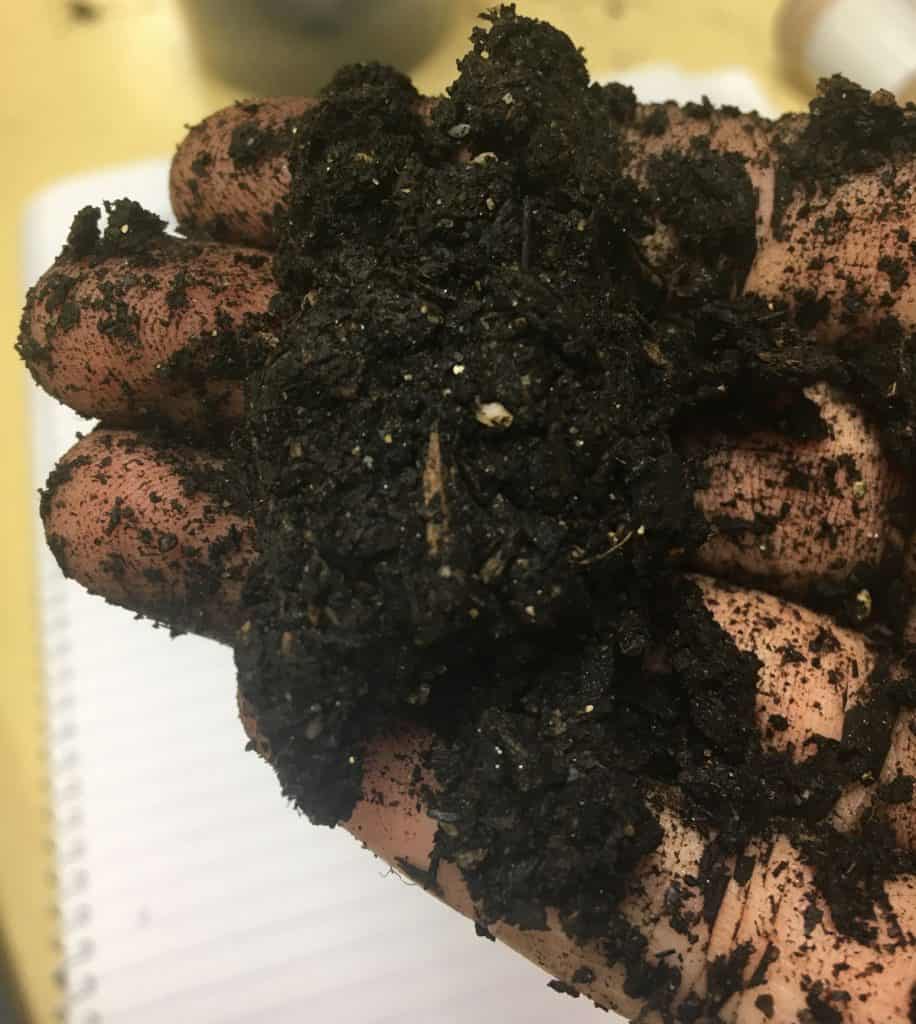
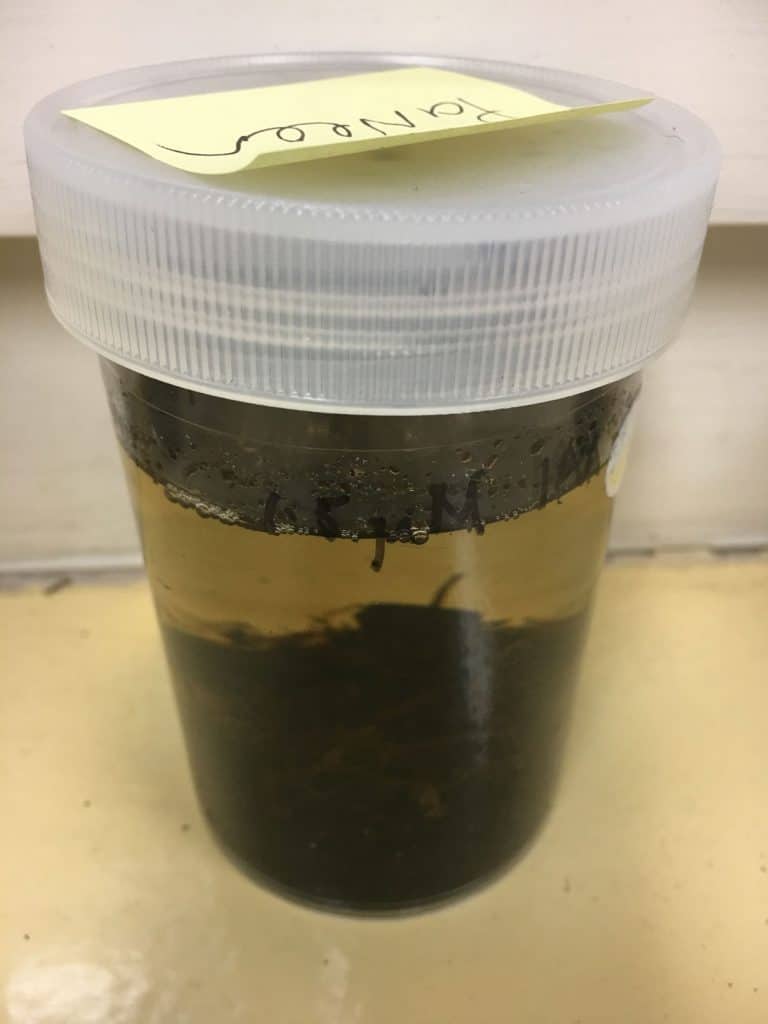
Enter Gypsum
Why is all of this important?
Basically, it’s to know whether you are able to use gypsum to treat your clay soil.
Gypsum will only treat dispersive clay and be used to treat soil surface problems.
Subsoil that is not exposed is very difficult to treat with gypsum.
Improving your clay soil
As mentioned above, applying gypsum to your clay soil will break it up into small crumbly pieces making it easier to work with and also improves drainage. If the soil is a very heavy clay, then this may need to be done more than once.
However, although effective, this is a short term measure. Longer term management strategies need to be in place to maintain and increase organic matter in soils.
Dig the soil over very deeply, incorporating lots of bulky organic matter as you go. Compost leaf mould, coarse grit and well-rotted (composted) bark chips are good options.
But be wary of putting in too uncomposted bark or wood chippings though– the bacteria needed to break down this amount of wood will deplete the soil of some nitrogen. Do this and you’ll end up with unhealthy looking plants!
And what plants do I need to work with?
You’d need to make sure that the plant species you’ve selected is suitable for clay soil.
Natives (in general) don’t grow well in this soil type as they prefer soil with good drainage but they will tolerate it if you apply the long term management technique described above.
If you’re stuck when you actually get round to doing this, book me in for a consult and I’ll be happy to go through the steps with you!
Other resources
Hungry for more information on clay soil and just learning about them in general?
Then check out the following write-ups which could assist!
Identifying dispersive sodic soil
Handreck, K & Black, N 2010, Growing media for ornamental plants and turf, 4th ed., University of New South Wales, Sydney, Australia.
In the meantime, visit my past projects below which have applied appropriate soil management strategies!
Brighton
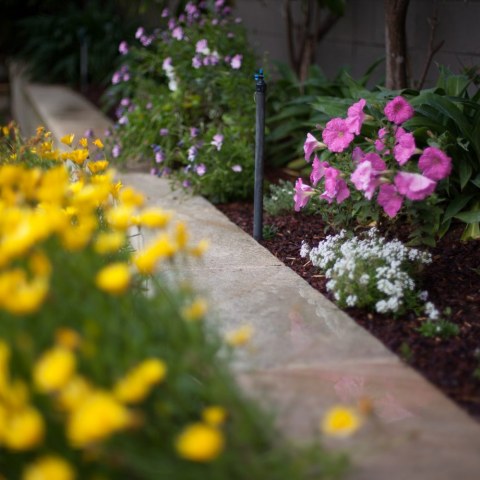
Glen Waverley
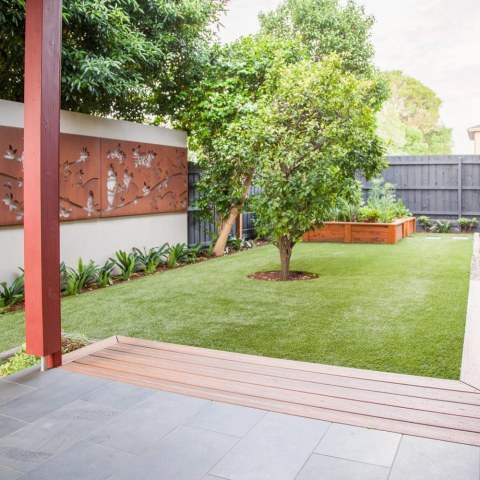
Burwood
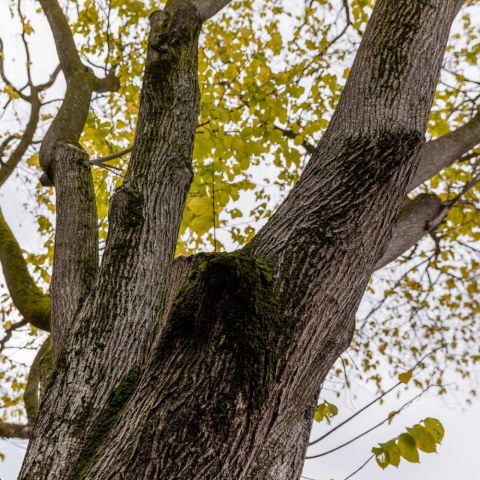
Bundoora
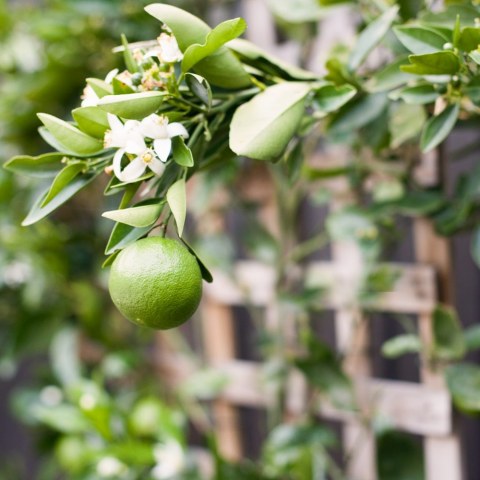
Burwood
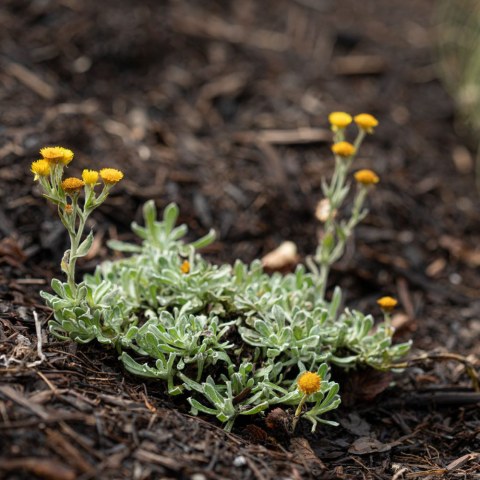
If you need further suggestions or design or plantscaping both indoors and outdoors, please contact us for an onsite 90 minute consultation.
Refer to our packages for further detail on how we can help you in the consults and subsequently throughout your garden implementation process.
Do check out our case studies and articles on productive garden design.
Our passion your garden! xx
